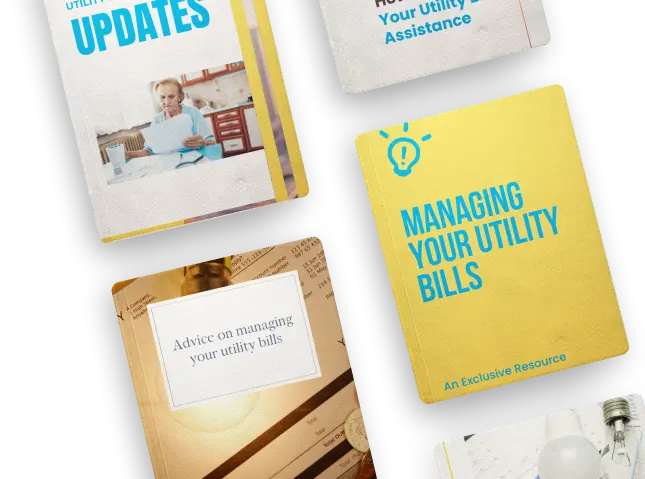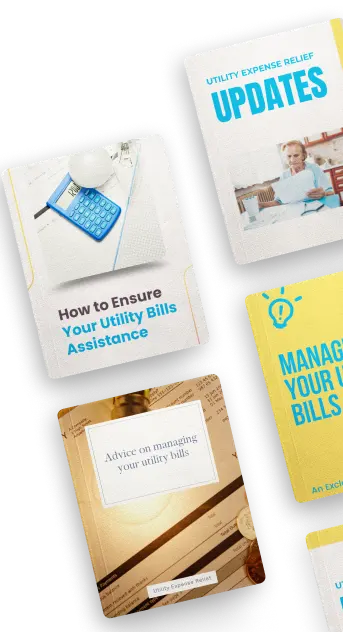Expense Programs You Need To Know
1. The Low Income Home Energy Assistance Program (LIHEAP)
The program assists needy families in paying for their home energy costs. It provides financial assistance to oversee heating and cooling bills and weatherization and energy crisis assistance. LIHEAP also offers several other services, including energy, education and outreach, utility bill payment assistance, and referrals to other programs.
The Department of Health and Human Services administers the program, and applications are available through local social service agencies. If you think you may be eligible for LIHEAP, contact your state or local LIHEAP office to learn more about the program and the application procedure. For more information about LIHEAP, please visit the website at www.liheap.gov.
2. The Home Energy Assistance Program (HEAP)
The expense program assists low-income households in paying their energy bills. Households that qualify for HEAP assistance receive a one-time payment applied directly to their energy bill. The payment amount depends on the household's income and the type of fuel used for heating. Besides, HEAP offers a weatherization program that helps eligible households reduce their energy consumption.
Weatherization measures include insulation, air sealing, and the installation of energy-efficient appliances. By helping families reduce their energy bills, HEAP plays a vital role in ensuring that low-income households keep their homes warm and safe. It has helped reduce the dangers of intense heat and excessive cold to individuals.
3. The Weatherization Assistance Program (WAP)
4. The Low Income Housing Tax Credit (LIHTC)
The Low Income Housing Tax Credit (LIHTC) helps people afford quality housing. The LITHC program has continued to encourage developers to build more affordable housing since 1986. The tax credit is available to developers who build or rehabilitate rental housing for low-income families. To qualify for the credit, developers must set aside a certain percentage of units for families with incomes below a certain level.
The tax credit is claimed over 10 years, and the value of the credit depends on the amount of investment made and the number of low-income units created. The LIHTC has successfully encouraged the development of quality affordable housing, and it has had a positive impact on the lives of low-income families.
5. The Supplemental Nutrition Assistance Program (SNAP)
The expense program provides low-income households with food stamps, now called the SNAP program. In other words, the program also offers some assistance with utility and rent expenses. The average person in the program receives about $125 per month, going a long way toward groceries and other necessary household items.
However, the program is not without its critics, as some argue that it does not do enough to address the root causes of poverty. The beauty is that the program is flexible and applicable in many different ways to help low-income families make ends meet. You can learn more about the program and the application procedure by visiting the USDA website.
The above expense programs can help you reduce your spending and improve your financial situation. Besides, you may consider other debt consolidation or credit counseling options. The government has also introduced some initiatives to help consumers with their expenses, for example, The Making Home Affordable program that assists homeowners struggling to make their mortgage payments. It's essential to seek help if you struggle to make ends meet due to overwhelming expenses.












